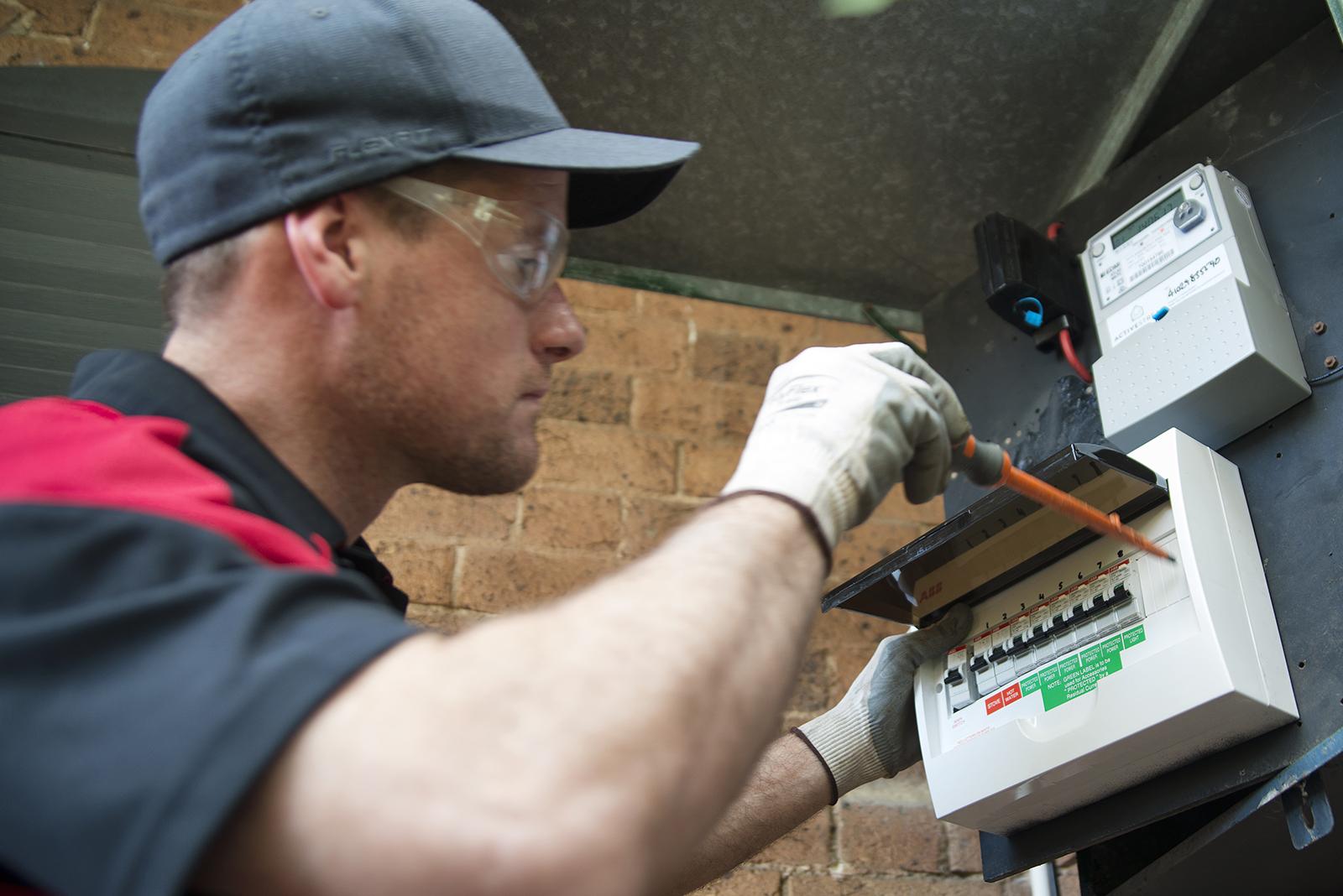If you are a small or medium business with energy usage of less than 100MWh per year you may be eligible for our household incentives.
Upgrading your equipment, appliances and system processes will help your business:
- save money on energy bills
- reduce electricity and gas use
- make your business more competitive and efficient.
This will also improve the affordability, reliability and accessibility of energy in NSW and help us reach net zero by 2050.
Available upgrades
Your business may be eligible to install a more energy-efficient:
- compressed air system or make modifications to your existing system such as repairing air leaks or lowering the delivery pressure
- heating, ventilation and air conditioning (HVAC) system
- hot water and steam systems
- equipment in your building to get an improved NABERS energy rating
- equipment that make industrial processes and control systems more energy-efficient
You can bundle upgrades to save money while boosting the energy efficiency of multiple machines and processes at the same time. If your business is considering one or more energy-efficient upgrades, please contact us for more information.
How to access the upgrades
To access these upgrades you will need to contact an Accredited Certificate Provider (ACP) who can advise you on the next steps.
You can find Accredited Certificate Providers on the Independent Pricing and Regulatory Tribunal (IPART)’s website.
Important information:
We want to ensure you are always protected. Before you begin, it’s important to know that as a consumer, you have basic rights when buying a product or service from a business. These basic rights are called consumer guarantees and are protected under Australian Consumer Law. Visit the Australian Competition and Consumer Commission website to learn more.
Please also read our terms of service.
Who to contact if you have questions or issues
If you have questions about these incentives, please contact us for more information.
If you have issues with the equipment or appliances installed under these incentives you should contact your installer or the accredited supplier they work with directly.
If you have any issues when dealing with an accredited supplier or an installer, you should contact the Independent Pricing and Regulatory Tribunal (IPART).
Available grants for businesses
We’re also providing grants to eligible businesses to support reducing their emissions and energy costs.
See more available grants here.
Terms of service
The information we’ve provided here is general information only. The Independent Pricing and Regulatory Tribunal (IPART) is the Energy Savings Scheme’s administrator and regulator and is responsible for accreditation, auditing, and compliance with the rules of these incentives. Before proceeding with an installation under one of these incentives, a customer should review up-to-date information available on the IPART website.
By accessing and using this information, the customer acknowledges and agrees:
- the NSW Department of Climate Change, Energy, the Environment and Water (DCCEEW) does not have any legal liability whatsoever connected to the deliverables associated with this Scheme, including any issues arising from interactions with an installer or accredited supplier (ACP) and technology installations
- to discharge NSW DCCEEW from all actions, proceedings, claims, demands, costs, losses, damages, and expenses the customer may potentially incur through this Scheme or arising from the use of this information for any other purpose.
